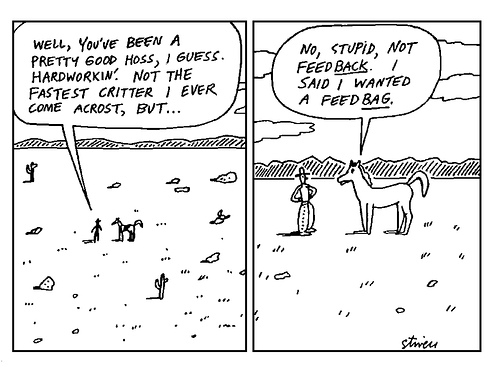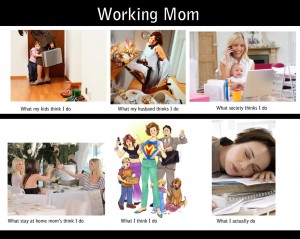Working on a video project can be a great experience, as well as it can be a pain, depending on the subject, people’s skills and what they like in general.
I really appreciated doing it, because it is an innovative way to study, it seems less like an assignment and (a bit) more like leisure. As an originally non-English speaking person, it also allowed me to go over the language barrier, because a video may be less formal than an essay, and because it doesn’t only ask for knowledge, but also for creativity. I think it also obliged us to work deeper on our informatics skills, which we maybe wouldn’t try to improve by ourselves if not forced to. Nowadays, being able to present a good PowerPoint or video is very important, because they are tools that we will use in our everyday working life, so if we are able to master it from now on, it can only be an asset.
an essay, and because it doesn’t only ask for knowledge, but also for creativity. I think it also obliged us to work deeper on our informatics skills, which we maybe wouldn’t try to improve by ourselves if not forced to. Nowadays, being able to present a good PowerPoint or video is very important, because they are tools that we will use in our everyday working life, so if we are able to master it from now on, it can only be an asset.
I think that the hardest thing in that project was the length of the video. We had to talk about a lot of different things, concepts and go through recommendations, in a very short time, thus we had to be able to select the important information and be concise. After that, we had to choose what to use for the video, either film some members of the group talking or writing, or using some external videos. We had to find the balance between these possibilities, in order to make it relevant with what we were saying, but also in order to make it interesting and entertaining.
Concerning the peer feedbacks, my opinion is not really set. I think that it is always interesting to have several points of view, because different people will look at something in different ways. However, our feedback will probably be based on points that a teacher might not take as much into account, and skip some other that he/she would have considered more. A student will indeed more judge the video upon its general aspect, how entertaining it is, while a teacher will be more interested by the content itself.






 customers (the women in the first place, and then their whole family and friends afterwards), these investments might be (are expected to be?) highly profitable.
customers (the women in the first place, and then their whole family and friends afterwards), these investments might be (are expected to be?) highly profitable.
 By doing that, he’s creating a new interest to his work. People look for the paintings, spread word-of-mouth, then newspapers relate it, it goes on internet, and the rumor is set.
By doing that, he’s creating a new interest to his work. People look for the paintings, spread word-of-mouth, then newspapers relate it, it goes on internet, and the rumor is set.